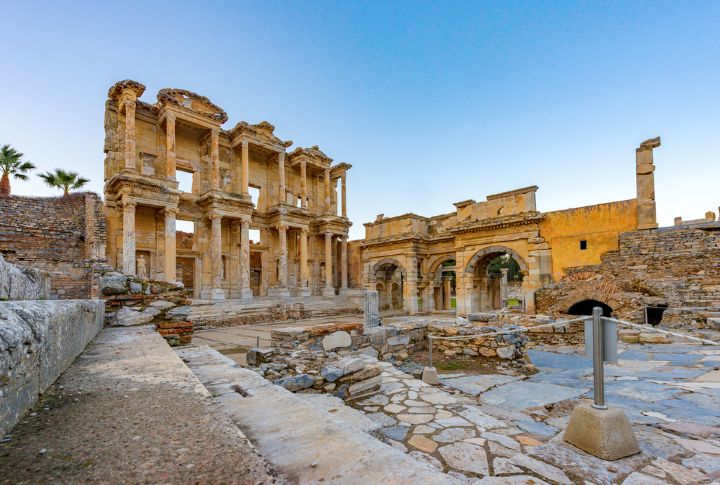
Historically, there have been places that once thrived with life, culture, and significance but now exist only in the annals of memory. From lost cities swallowed by the relentless march of time to sites erased by the unforgiving forces of nature, the world is peppered with reminders of impermanence. Discover 15 forgotten places that once shone brightly in history.
Pompeii, Italy
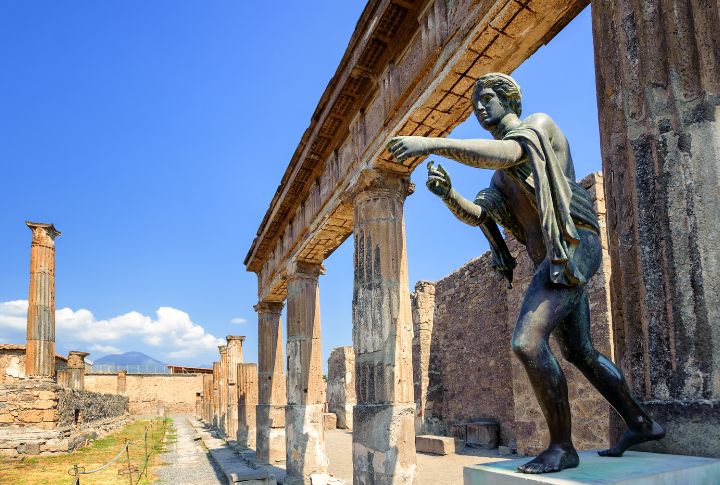
Before being frozen by the eruption of Mount Vesuvius in 79 AD, Pompeii was a bustling Roman city. Today, its remarkably preserved ruins offer a glimpse into daily life in ancient Rome, attracting over 2.5 million visitors annually.
Kowloon Walled City, Hong Kong

Kowloon Walled City was a densely populated urban enclave that once stood as a testament to the resilience of the human spirit. Home to over 30,000 residents crammed into a mere six acres, it was a lawless, anarchic haven in the heart of Hong Kong. However, in 1993, it was demolished, paving the way for a new chapter in the city’s history.
The Imperial Library of Constantinople, Turkey

For at least 1000 years, the Imperial Library of Constantinople was the only ancient library that had stored Roman and Greek knowledge after the other libraries had been destroyed. Home to countless volumes of knowledge, this grand institution met a tragic end during the fall of Constantinople.
The Aral Sea, Kazakhstan/Uzbekistan
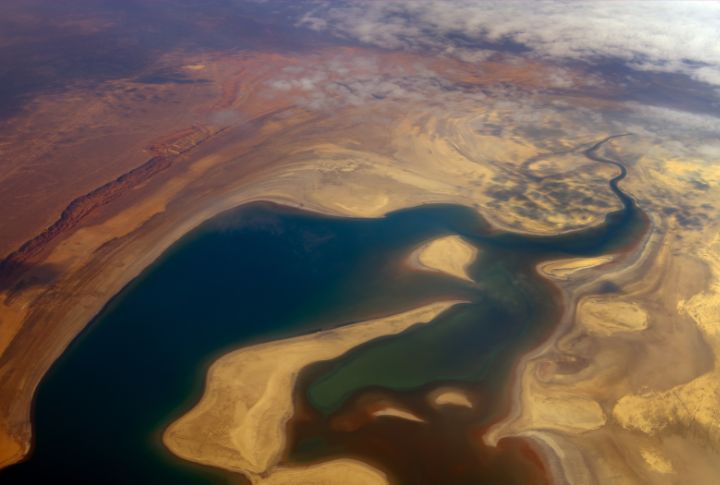
The Aral Sea was once the world’s third-largest inland body of water, but it began shrinking in the 1960s. Ravaged by Soviet irrigation projects, this once-thriving ecosystem has been reduced to a fraction of its former glory, with part of the lake basin now known as the Aralkum Desert.
The Kingdom of Kush, Sudan

Also known as the Kushite Empire, the Kingdom of Kush was a powerful civilization that once flourished along the banks of the Nile. Though overshadowed by its Egyptian neighbors, Kush left an indelible mark on history, and it developed intricate civilized societies that engaged in trade.
Timgad, Algeria
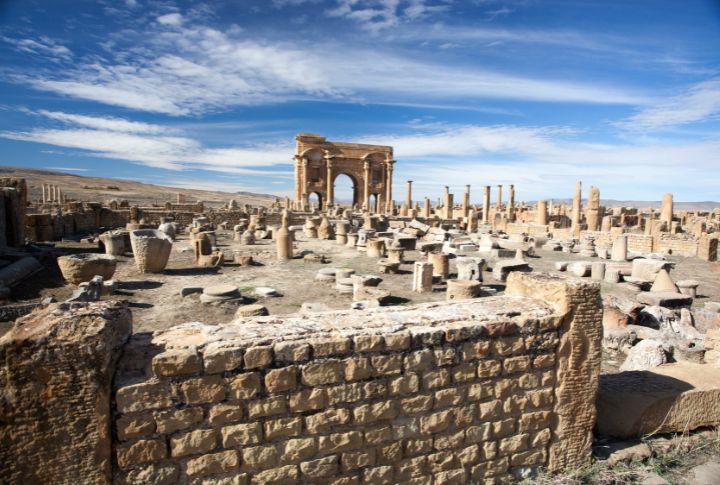
Founded by Emperor Trajan in the 1st century AD, Timgad was a flourishing Roman colony in North Africa. Ravaged by time and conquest, the city ceased to be inhabited in the 8th century. Still, its impressive grid layout and well-preserved ruins speak to its former grandeur.
The City of Heracleion, Egypt
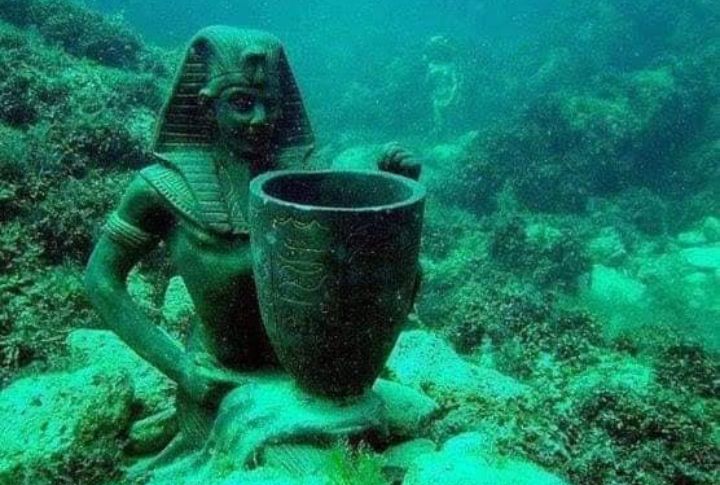
Found in the Canopic Mouth of the Nile in the Mediterranean Sea, the Heracleion was submerged in 5.8 m of water in 101 BC due to earthquakes, tsunamis, and severe floods. Once a thriving port city, Heracleion’s sunken streets and temples offer a tantalizing glimpse into a lost world beneath the waves.
Great Zimbabwe, Zimbabwe
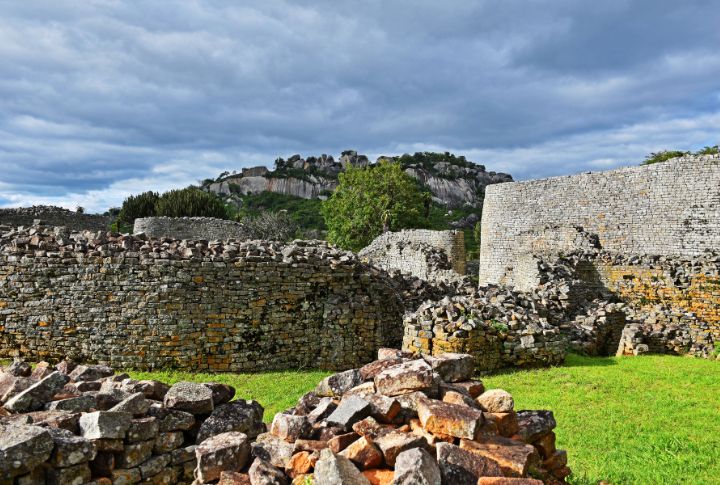
Built by the Shona people between the 11th and 15th centuries, Great Zimbabwe was a center of trade and governance in southern Africa. At about 7.22 square kilometers, the stone city is estimated to have hosted about 18,000 people.
Ephesus, Turkey
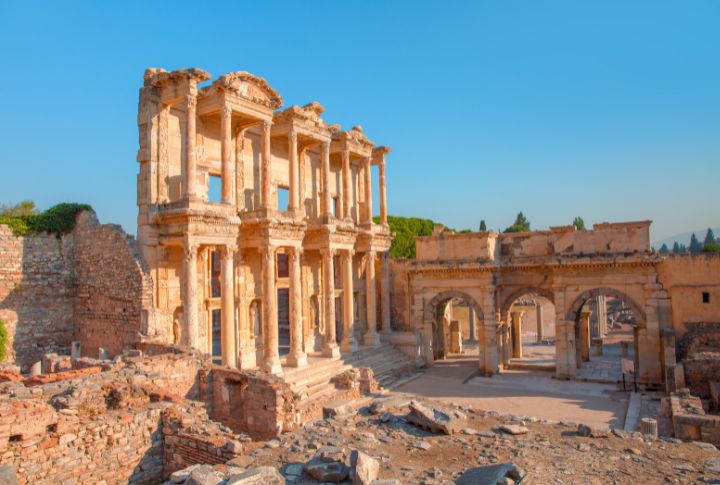
Once a bustling port city of the Roman Empire, Ephesus was famed for its Temple of Artemis, recognized as one of the Seven Wonders of the Ancient World. Despite centuries of abandonment and destruction, including an earthquake in 614, its marble streets and grand amphitheater still evoke the splendor of a bygone era.
Babylon, Iraq
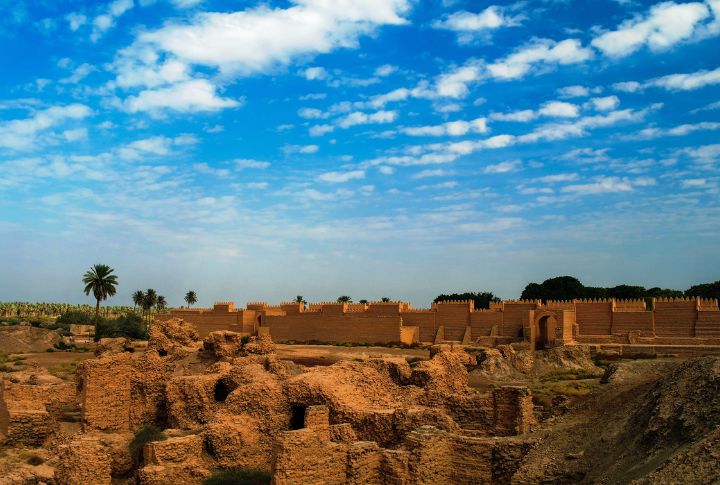
An ancient metropolis on the banks of the Euphrates River, Babylon was the seat of power for numerous empires. It was, at one point, the largest city in the world. Though much of its ruins have been plundered or destroyed, its iconic Ishtar Gate and Hanging Gardens attract thousands of visitors each year.
Centralia, Pennsylvania
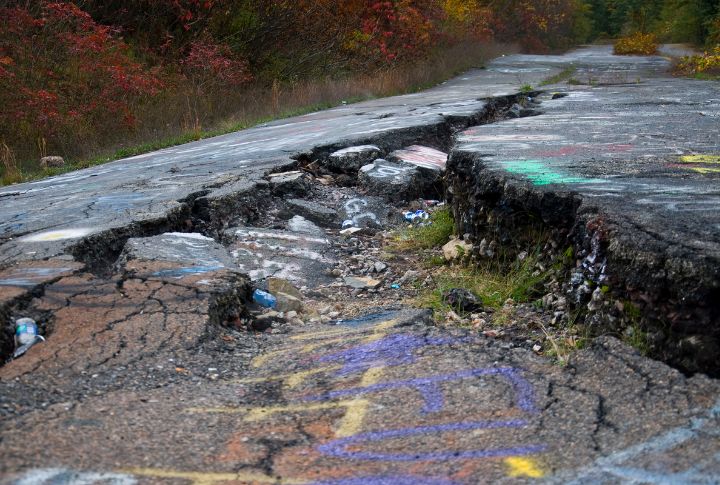
Known as a thriving coal mining town, Centralia was deserted due to an underground mine fire that has been burning since 1962. Over the years, the town’s population has drastically declined to only five residents.
The Old Man of the Mountain, United States
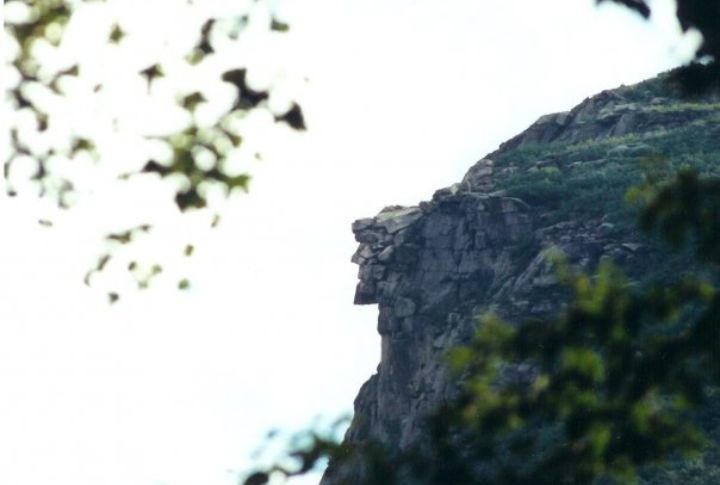
Carved into the rugged cliffs of New Hampshire, the Old Man of the Mountain is a natural rock formation that once resembled the profile of a human face. It inspired tales of mystery and wonder before its gradual erosion erased it from the landscape.
Helike, Greece
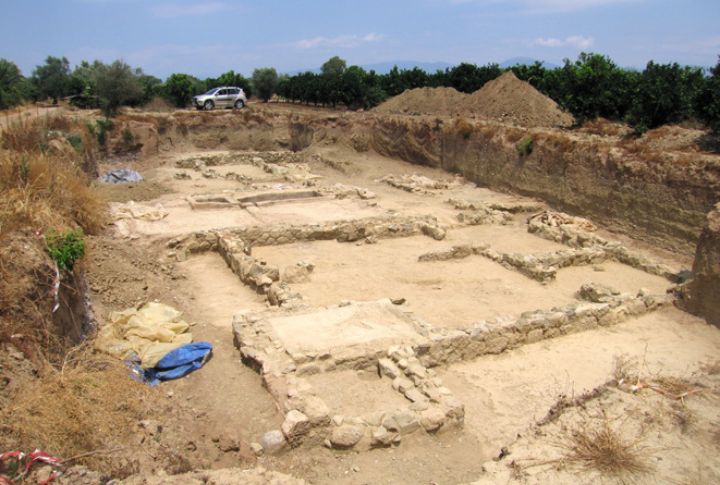
Helike was a prosperous Greek city that met a tragic fate when the sea engulfed it following a devastating earthquake and tsunami in 373 BCE. Rediscovered in modern times, archaeologists are still discovering information about the ancient town and the effects of the earthquake.
Ur, Iraq
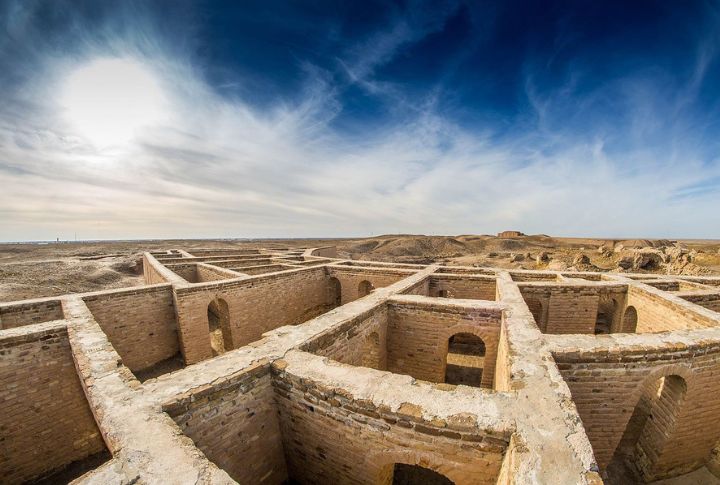
As one of the oldest cities in the world, Ur played a pivotal role in the rise of ancient Mesopotamian civilization. Yet, its glory eventually waned, and currently, efforts are being made to make the site a tourist destination while preserving the artifacts.
Mohenjo-Daro, Pakistan
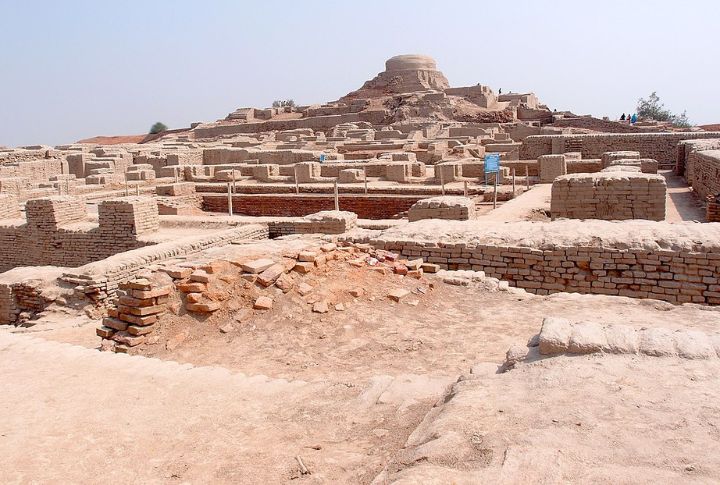
At its peak, Mohenjo-Daro was one of the biggest cities of the ancient Indus Valley Civilization. Yet, around 1900 BCE, this thriving urban center met a sudden demise. In 1980, it became the first site in South Asia to be designated a UNESCO World Heritage Site.

Comments
Loading…